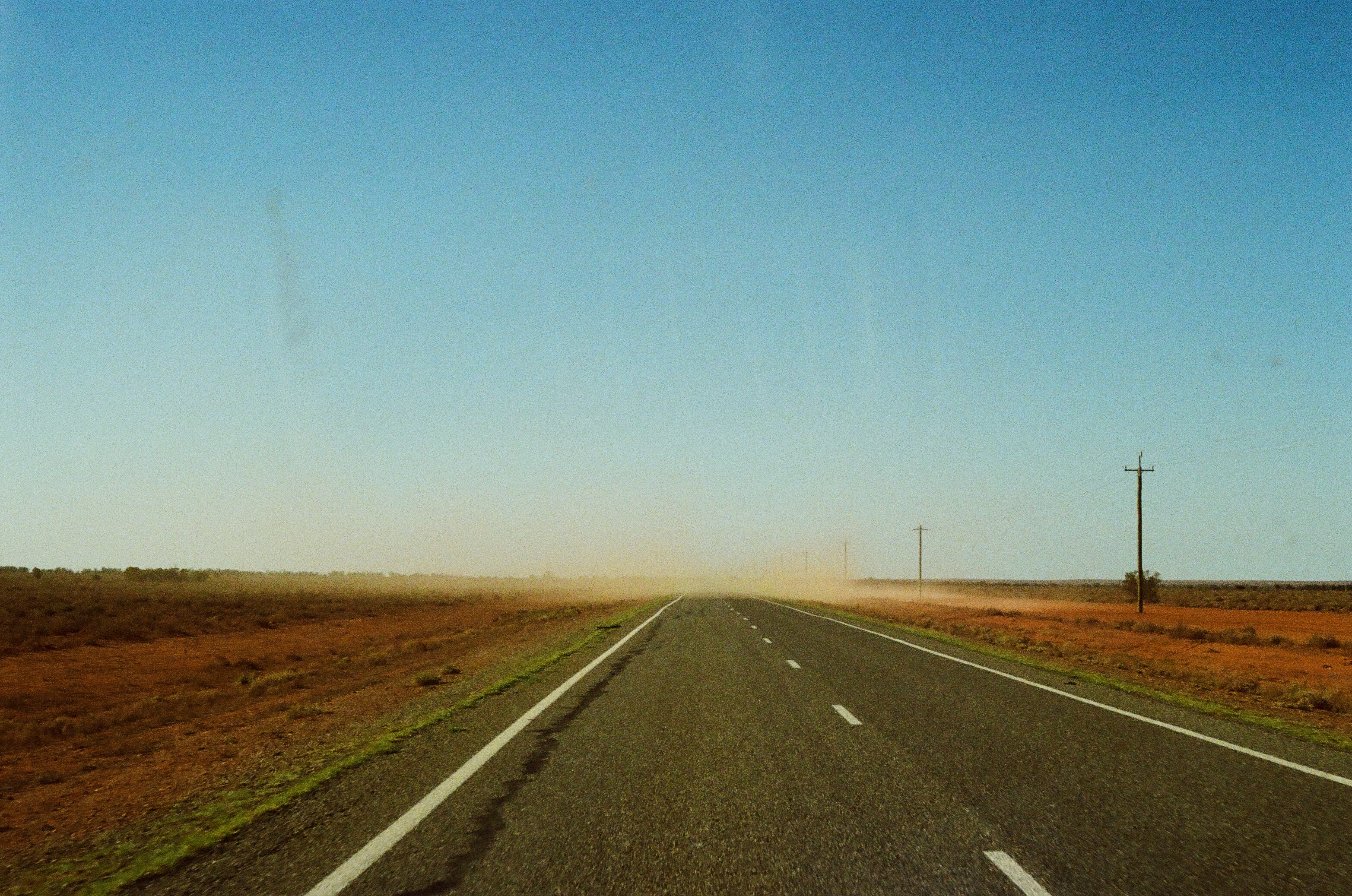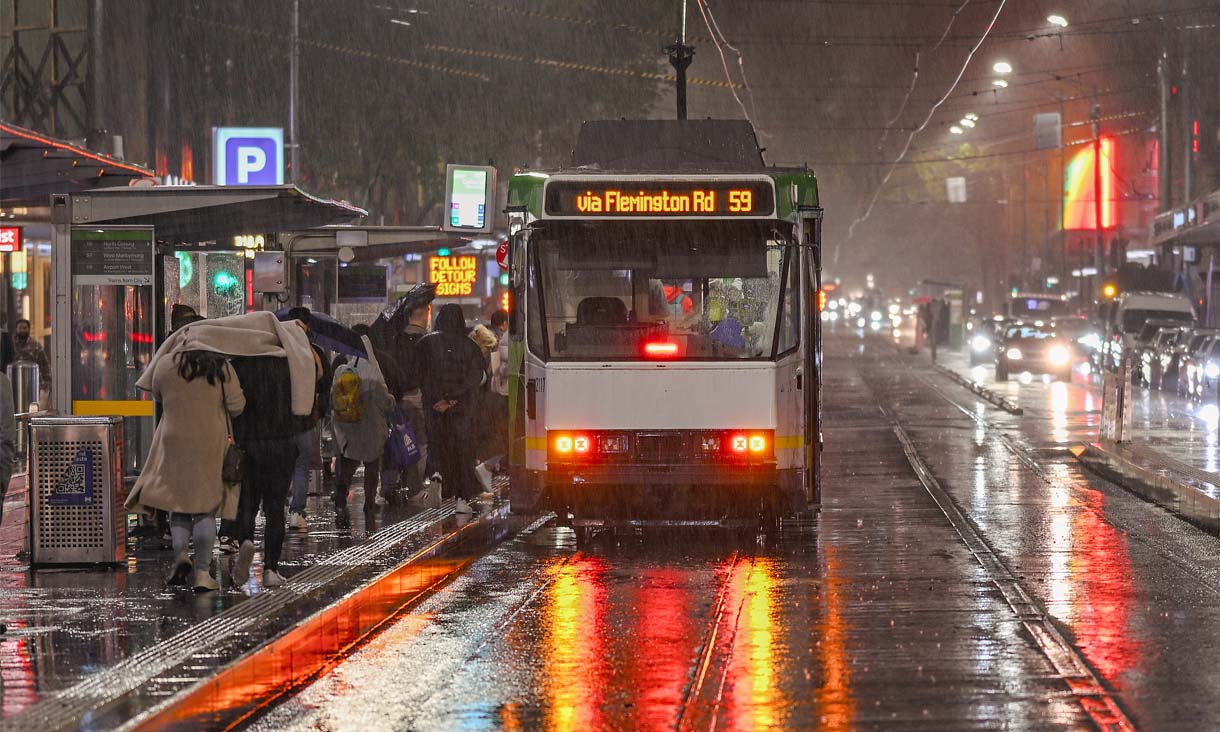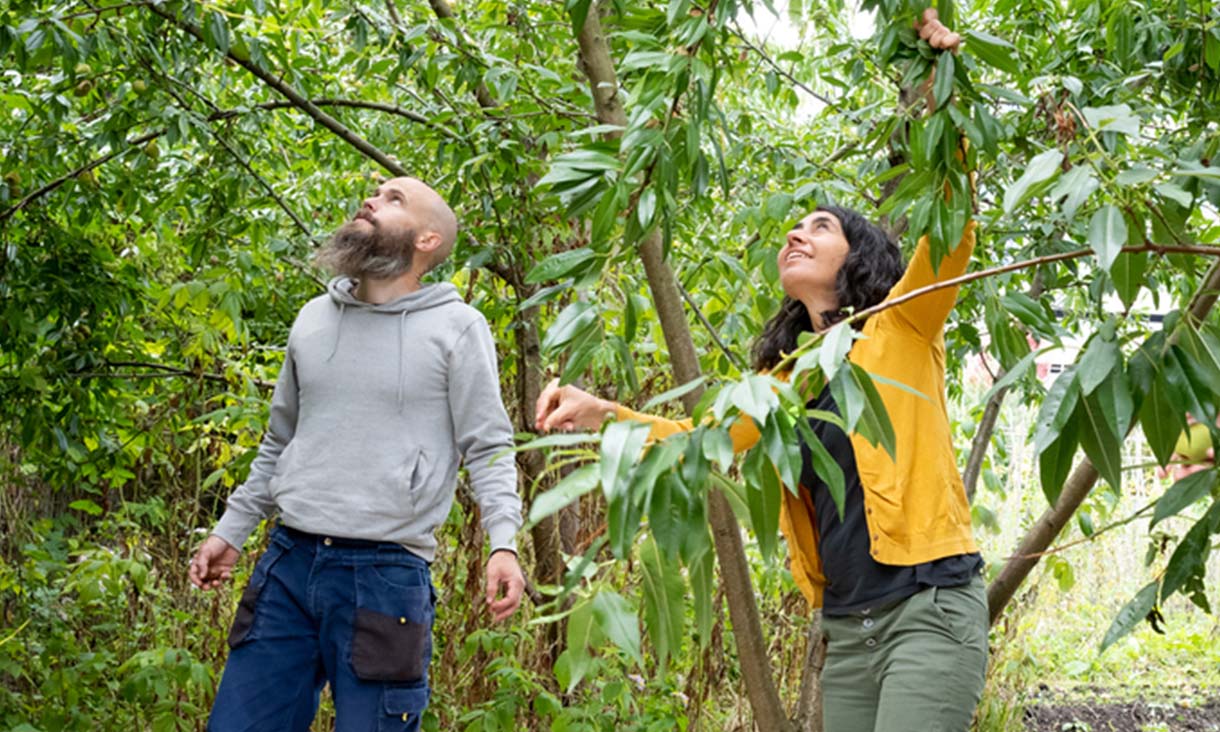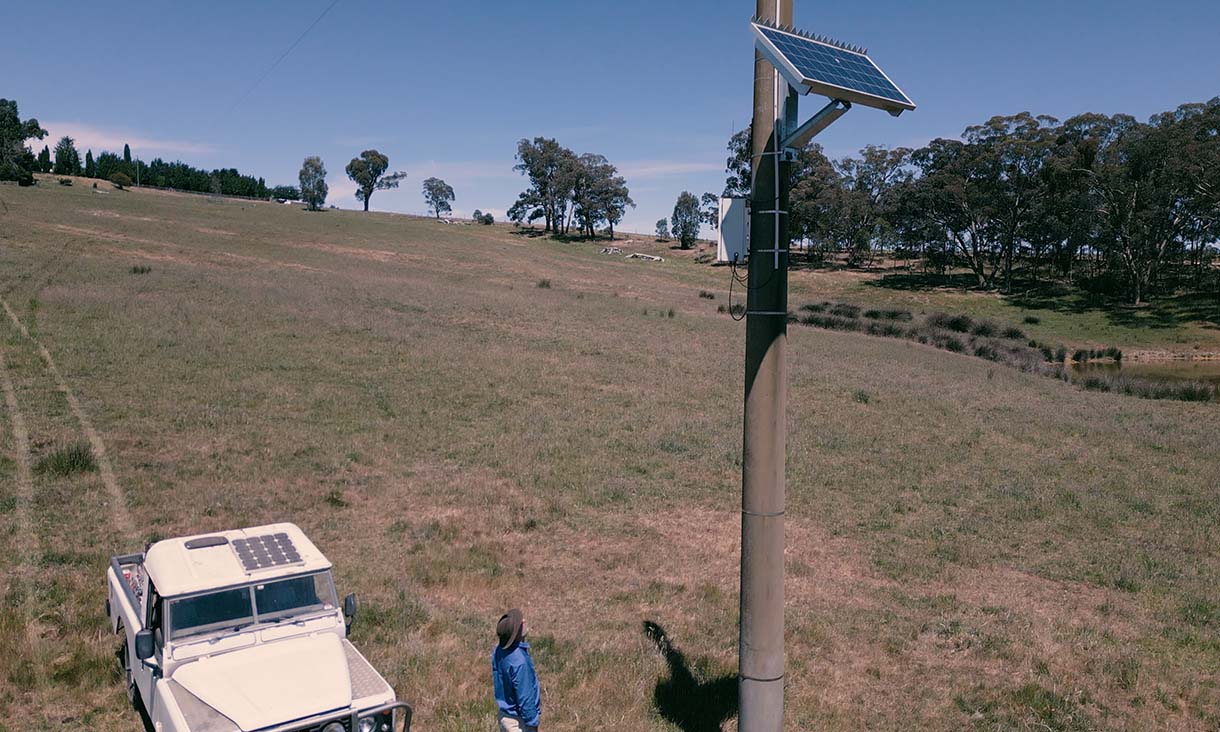Q. What did your trip to Barkandji Country involve and why was it significant?
Exton: Our trip in November 2017 saw us act upon a special invitation to come and be part of the event, Return To Country, Mungo Man up on the banks of Lake Mungo, NSW. What contributed to the great significance of this trip goes beyond us witnessing the event of Mungo Man’s 40,000-year old-remains being returned. It was through the invitation from Sophia Pearce and the Barkandji community, being welcomed on to Country to participate, listen and support, and the groups will to do so that brought about a great coming together of people.
Rex: We travelled from Mildura up to Broken Hill and on to Wilcannia. We stopped and spoke with a wide range of people along the way. As someone who has spent nearly my whole life in Melbourne, the trip forced me to re-think my understanding of this continent and my place on it.
Findlay: It involved getting out to see the country, spending time experiencing it, talking with members of the community and understanding the importance of not working remotely in these circumstances.
Is there a particular moment, industry or community engagement from the trip that stands out?
Exton: Evenings shared around campfires on with the Culpra Milli Aboriginal Corporation always seem to resonate as memorable moments from this trip. This very simple gathering around fire brought about great conversations, new ideas, and new relationships. It was a way for people to get to know one another and for culture to be shared.
Rex: Talking to the members and leaders of various Aboriginal Land Councils stood out. These organisations are capable of operating in remote areas, with incredibly limited resources, and, yet, within the constraints of some of the most rigid government bureaucratic processes you could think of.
Findlay: We caught up with a local artist, Eddy Harris, who I’ve made the acquaintance of a few times now. We just sat, had a coffee and a yarn. It’s through quite simple means like this that it really helps to understand what it’s like to live in the community.
How has the trip shaped your views around your practice, industry and society more broadly?
Exton: It’s brought both a greater sensitivity to my practice as well as a strengthened critical lens through which I approach the industry of landscape architecture. Time for conversation, walking and listening has become part of my process, while an urge to advocate for a more culturally-sensitive industry drives where I aim to situate my own practice.
Rex: The trip has made clear to me that practising landscape architecture is not predicated on direct participation in the landscape architecture industry. I think it’s unlikely that a trip like this could have occurred in the industry, which is a loss to everyone, so I think my understanding of how we 'practice' as designers has broadened as a result of the trip. I also think it would serve industry well to think about how forms of practice such as this trip could be incorporated into or benefit the work they do, even when it won't result in immediate economic return.
Findlay: The trip assisted me in seeing how this particular mode of engagement is quite special, not many students get this opportunity, especially in practice. I feel as though we’re making decisions from behind a desk too often without any knowledge of the place.
Big picture
Dr Christine Phillips and Jock Gilbert established the School’s Reconciliation Action Committee in early 2018 as a School initiative to create cultural change.
Landscape Architecture lecturer Jock Gilbert said the trips were part of the broader Committee agenda and complemented a number of broader School initiatives across research, engagement and student experience underway.
“We are working in partnership with Boon Wurrung senior elder and RMIT elder in residence N'arweet Carolyn Briggs and Director, Indigenous Policy and Impact Stacey Campton and it’s been fantastic having them join our trips,” he said.
“We talk about creating life changing experiences for our students. Students having the opportunity to spend time on Country with Indigenous leaders from different organisations, including RMIT, is something that we see as having a lasting impact on them and their practice for years to come.
“The reciprocal impact in communities is similarly significant, with lasting relationships formed and nurtured with co-conceived projects emerging from these.”
Culpra Milli Aboriginal Corporation director and Barkandji Traditional Owner Sophia Pearce said Lake Mungo held the Australia’s oldest known human remains, those of Mungo Man.
“Sharing culture and sacred spaces in Barkandji Country with all people, including Elders from all over Australia and leaders like Stacey and Aunty Carolyn, unites us all for improved social outcomes for students and Barkandji people in the future,” she said.
“It’s a truly respectful space walking on Country with students from all races, ages and genders.”
Story: Amelia Harris




